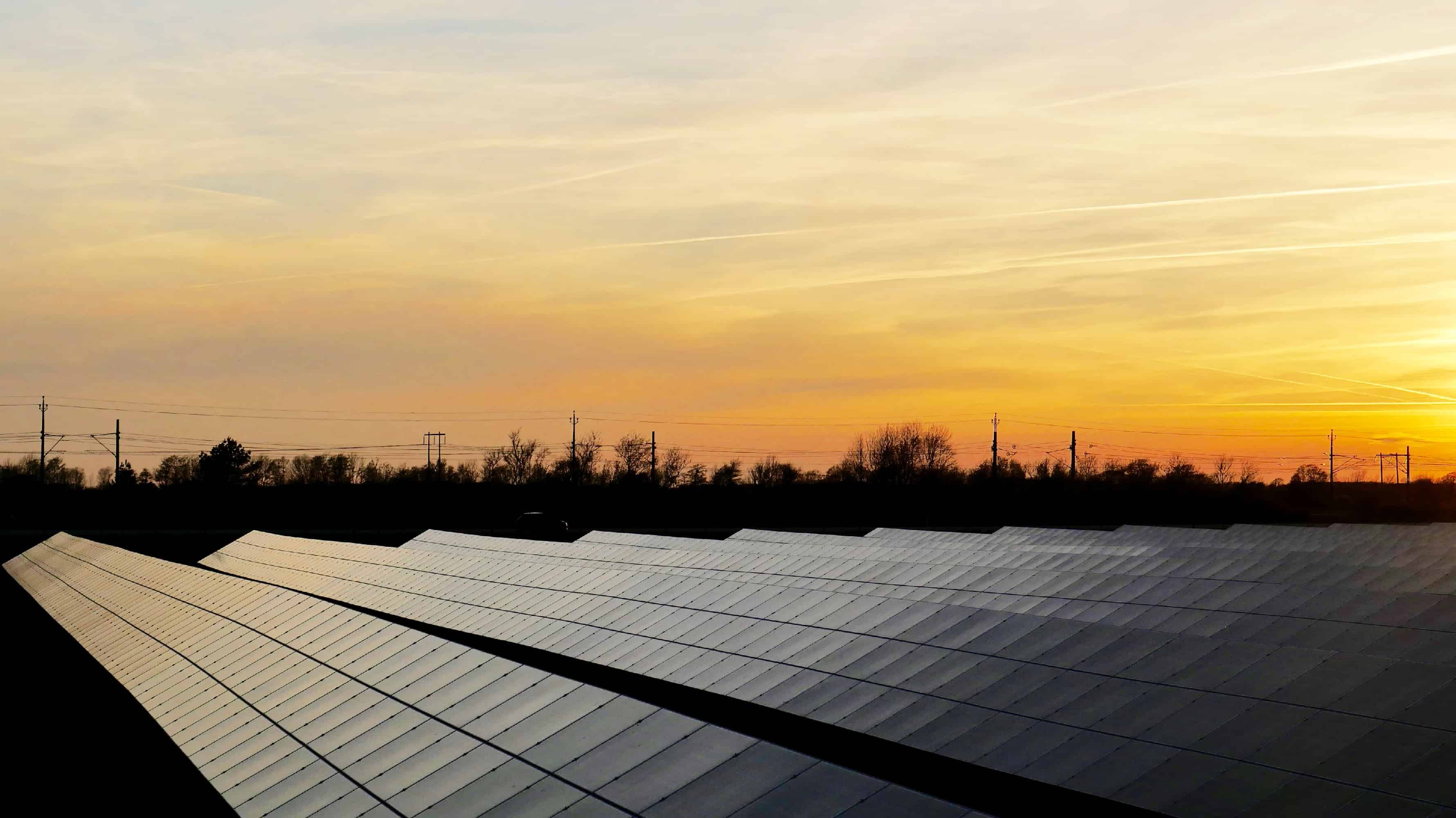
While the first record of the use of solar energy dates back to the 7th century B.C., its contribution to today’s industrial world is scant compared to other resources. Solar panels became popular in the 1980s; as revolutionary as they should be for the energy industry, solar power amounts to only 2.3% of the total 4,009 billion kWh generated in the US. This is about to change.
How Solar Panels Work
It is common knowledge that when sunlight reaches the photovoltaic cells of a solar panel, the electrons of the semiconductor in the cells are elevated to an excited state, generating electricity. Let’s take a deeper look.
A photovoltaic cell is a sandwich made of two slices of semiconducting material, typically silicon. When photons reach semiconducting material, they push the electrons they make contact with to the conduction band (high-energy level), where electrons can move freely, from the valence band (low-energy level). An electron from another atom can move to fill this space, but not before leaving a space of its own. The constant movement of leaving a space is called a hole.
Only when there is movement in electrons and holes, electricity is produced; so, one semiconducting plate is doped with an element such as phosphorous, making it n-type (excess of electrons), and the other with boron, making it p-type (excess of holes). The junction between the two layers where electrons from the n-type move to the holes in the p-type is known as the depletion zone. The presence of ions of opposite charge in the depletion zone creates an electric field that directs the drifting electrons to the conductive metal plates that line the cells, generating electricity.
Adopting solar energy
Valued at $52.5 billion in 2018, the solar power industry is expected to grow to $223.3 billion by 2026. The reducing cost of solar PV panels(decreased 70% since 2014) and silicon has encouraged many to see solar as a viable option for energy, driving the residential solar market to grow at least 10% by 2025.
The industry is seeing solar fabrics, solar skins, floating solar farms, and many other developments in engineering and technology to push solar power as the prime source of power. Almost all the power stations built in the US in 2021 are carbon-free; only 16% of new powerplants use natural gas. At the pace the power sector is transforming now, solar power production must increase by at least 700% by 2050.
Why solar energy is the future
Solar power helps reduce our reliance on renewable sources for electricity and reduces our carbon footprint, helping the world fight climate change.
While the initial investments for solar are on the higher side, a tax credit of 22% of the photovoltaic systems’ purchase cost helps buyers financially to adopt solar energy. The excess solar power one generates can also be sold to utilities to earn credit; it is now possible to get zero charges on monthly electricity bills.
Solar power systems are also easy to maintain: only need cleaning. Since the equipment does not require moving parts to function, there is no wear and tear, and reliable manufacturers offer a warranty even up to 20 years. This means you rarely have expenses after the initial investment.
Challenges for solar energy
The equipment, service, installation, and almost everything related to harvesting solar energy have been expensive, making it impossible for the public to consider it a worthy investment. Even today, many believe that to be the case.
The properties of the semiconducting materials are one of the important factors in deciding the effectiveness of a solar cell. About 95% of the solar cells have silicon (one of the abundant elements on earth) for semiconductors which can convert around 32% of the solar energy into electricity. This is higher than what other semiconductors offer, however, developments to improve energy conversion rate and harvesting in low light conditions are necessary to make solar reliable.
Since the solar panels are not always facing the direction of the sun, it becomes inefficient sometimes during the day. Though the solar panels do not need a scorching day to harvest solar energy, the energy converted when sunlight is dull is comparatively less. Solar panels are efficient on days with less sunlight as they do not heat up, but it is less than the energy converted on a sunnier day. The amount of sunlight the various regions on the earth receive also varies, making it hard to calculate for planning.
The way forward
Silicon semiconductors may have reached their maximum optimization, but developments in solar energy have not. Efforts to program solar panels to mirror the direction of the sun to improve energy conversion rate are underway.
The industry’s eager adoption of technology has reduced the purification cost of silicon. Research on solar cells claims that multi-layered solar cells can capture 46% of the sunlight, and thin silicon layers can further bring down the cost of solar equipment. The practical applications of these technologies are yet to take off because of the complexities in manufacturing, but research goes on to make them suitable for consumer use.


